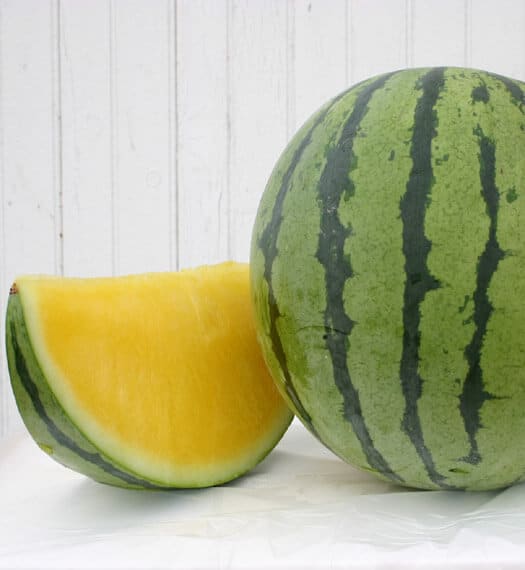

Hand pulling is feasible for small populations, but not for the dense mat of plants that many gardeners may discover.

Possibly the most annoying feature of Bur buttercup: once it’s recognized as a problem in the yard, it may be too late to efficiently and effectively treat for that growing season. Tilling Bur buttercup after seeds are developed essentially spreads them into the soil profile.
Bur buttercup plant full#
Herbicides applied after seed development may not keep those seeds from sprouting next year, nor fully kill a plant that was already “shutting down” for the season and has a taproot full of reserve energy for next year. Since Bur buttercup starts growing early in the season, and reaches flowering in just a few weeks, the result is a very narrow window for the optimum management of this plant. No matter the preferred management method: tilling, pulling, herbicide application, burning (where allowed)- every management method for this invasive weed works best when applied before flowering. Sources vary as to the amount of plant that must be consumed to cause sickness: like many members of the Buttercup/ ranunculus family, Ranunculaceae, Bur buttercup contains alkaloid compounds that are not good for animals.
Bur buttercup plant free#
However it’s possible for grazing animals to encounter Bur buttercup in free range situations, home pastures that may be less tightly managed, and the like. In well managed pastures, Bur buttercup doesn’t usually become a problem: it prefers dry, disturbed sites, and doesn’t compete well against pasture crops. It’s also possible that some seed is distributed via feeding by birds. In the eastern US, where the plant is far less frequently encountered, patches of Bur buttercup are usually associated with campsites. Hitchhiking skills Like small hooks, the seed-containing burs that give this plant its name attach to shoes, pets, livestock, and camping equipment. The combination of early growing plants and high seed production can lead to large, dense patches of Bur buttercup that become difficult to manage. The seeds remain viable for at least a few years: some sources suggest as many as twenty. As the seeds mature, the burs dry into a tough protective package that floats in water, blows in the wind, and irritates tender feet. Each flower develops into a swollen “bur”, complete with prickles, and containing anywhere from five to eighty seeds. These sneaky plants have completed most of their growth cycle before most people are spending much time in their yards. This goes largely unnoticed by many gardeners, as the plants grow only up to about five inches tall, and are easily hidden within grass or other plants. Seed development begins within days of flowering. The plant begins flowering within three weeks of emerging from the soil- much more quickly than most familiar ornamental plants. Bur buttercup starts actively growing as soon as temperatures reach the 40’s and 50’s. Insights into these same features- life cycle, growth habits, and reproductive strategies- are also key to its management.Ĭool season sneaky.


The life cycle, growth habits, and reproductive strategies of this introduced plant have enabled it to invade the US northwest. Research shows, however, that prickly seed heads are just one of the ways this plant can be frustrating. The “burs” that give this flower its common name are often what drive inquiries to the Extension office about this plant. Because the seed pods persist long after the plants are done growing, they create discomfort for barefoot kids and animals in the yard. Both the common and scientific names of the plant (Bur buttercup and Ceratocephala testiculata) refer to the prickly seed pod that develops after flowering. Soon after, calls to the Extension office begin: what is it? How can I get rid of it?īur buttercup, a minute member of the Ranunculus family, is not desired in yards like its ornamental cousins. Early in spring, before temperatures in the Klamath Basin warm to allow significant outdoor gardening, a prickly, yellow-flowered invader is infiltrating our lawns, pastures, and road edges.


 0 kommentar(er)
0 kommentar(er)
